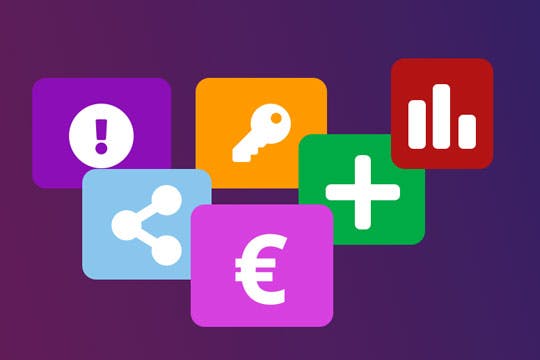Innovation Matrix
The Innovation matrix is a fairly new corporate marketing strategy tool. It helps a company dig up marketing innovation ideas. These innovations might be related to products or generally focus on the business model. This tool encourages you to think about new ways of promoting your expertise to your customers. For example, you could switch from the traditional retail sale of a product to a financed leasing offer of the same product—surely a more attractive option. It’s also a way to look for new technical skills that will let you stand out on the markets.
How can you innovate whilst sticking to your current business model or coming up with a new one?
How can you innovate whilst continuing with current technical skills or learning new ones?
Each participant will speak about these different possibilities with a view to generating a list of innovations for the company.
Suggestions and variations
Ideally, you’d run through an icebreaker activity to get people talking.
If you end up with a multitude of innovative ideas, even after voting, consider using the Impact-Feasibility matrix for a logical way to prioritise the best ones.
If the digital disruption of your business seems inevitable, you can also try the 3 Horizons.
The Ansoff Matrix is also a viable alternative, as it’s easier to work with when seeking new but less innovative marketing strategies.
These templates may interest you

Rocket

SWOT

 Beekast
Beekast